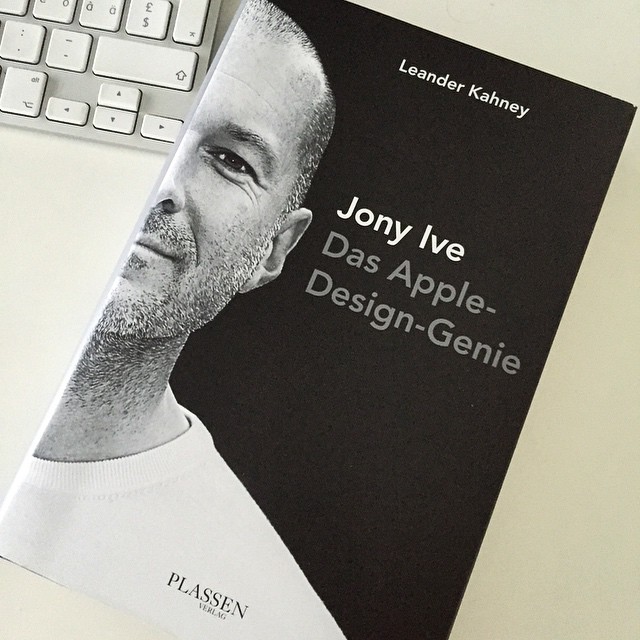My week had been truncated somewhat by a fierce head cold and am cranking this post out with less deliberation than normal due to a backlog of household chores that aren’t going to take care of themselves. Add to that a Lemsip induced haze to try and combat the fierce head cold and you see how the rest of this post will go
Paul Armstrong shared this AR/VR example with me: Swedish creative agency Warpin posted a video of a H&M-commissioned experience for Magic Leap glasses. The concept looks like everything my cyberpunk fan brain would want; like being inside Max Headroom’s mind. I’d also imagine that it would be hellish for any length of time. More related content here.
BBH came up with this campaign for Carabao energy drink. The ad is aimed at the Chinese market and asks the question ‘What fuels your fighting spirit?’. In western English – this would be closer to ‘what makes you resilient, or what gets you through?’. It’s pretty much the same question that any ad planner or creative in an agency has asked as they chug their energy drink of choice whilst working on a client pitch, or particularly tough creative brief.
‘Dear young people don’t vote’ by Shokasonjuku is a great video highlighting the need for younger Japanese to get involved in the electoral process, if they want issues that they care about to be heard. Shokasonjuku is a production company set up by Nana Takamatsu – a Japanese comedian. Young people in Japan aren’t educated or engaged by the political process, something that Takamatsu wants to change.
Martin Lindstrom on how data separates businesses from consumers and how ethnography can bridge the gap. It’s also interesting how he talks about small data; or what you and I would call qualitative data that leads to insight based on a human truth.
Smart cart guides the visually-impaired around grocery stores | Trendwatching – so a beer brand comes up with a smart shopping cart, but is the marketing benefit to the beer brand anything other than ambient marketing? There’s nothing wrong in that of course, but the linkage that will be made with social purpose looks spurious at best. If you want to help people and you sell alcohol. Stop. Don’t enable drunk drivers, wife beaters and alcoholics.
